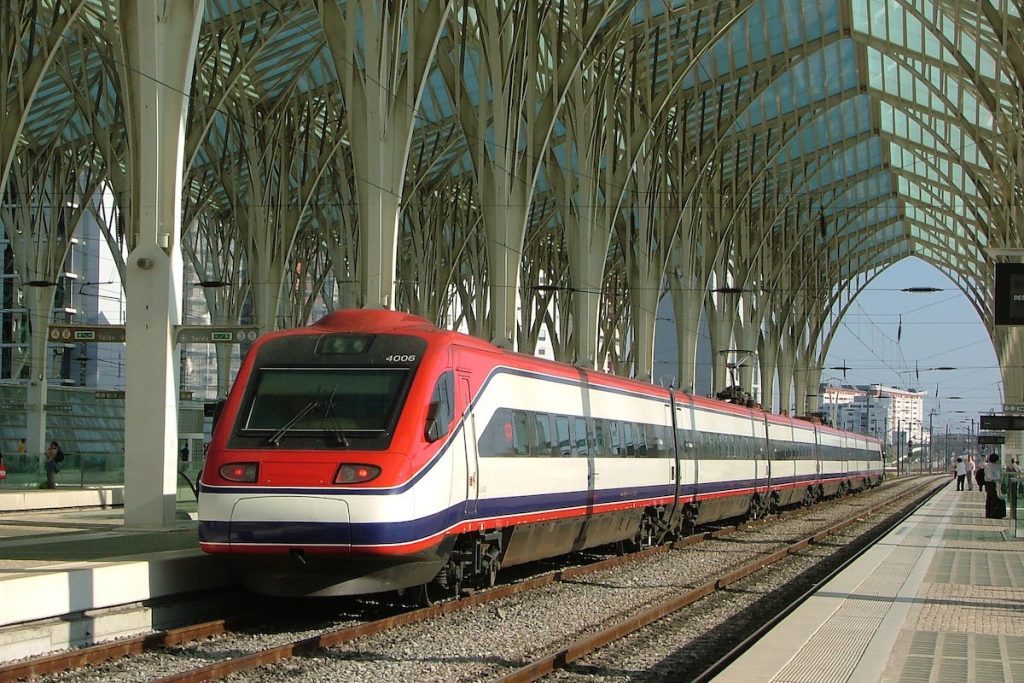Portugal is getting in on the high-speed rail bandwagon. The country’s prime minister, António Costa, unveiled Wednesday plans for a new $4.7 billion (€4.9 billion) passenger rail line that, when it opens in 2030, will cut travel train times between Lisbon and Porto by an hour-and-a-half to one hour and 19 minutes.
The planned line will connect Lisbon’s Oriente station to Porto’s Campanha station a little over 185 miles to the north. It will include four intermediate stops at Leiria, Coimbra, Aveiro and Gaia. In addition, Costa said the new line will eventually extend from Porto to the Spanish city of Vigo, about another 100 miles to the north, where it will connect with Spain’s AVE high-speed rail network. The extension will include stops at Porto’s airport, Braga, and Valença.

In comments posted on Twitter, Costa highlighted the importance of connecting Portugal’s two largest city as well as the country’s international competitiveness for the investment. The high-speed rail line will also help move the country to “the forefront of the fight against climate change, [and] changing the mobility paradigm.”
Trains have taken on a renewed importance across Europe amid the push to cut carbon emissions, and the spike in energy prices following Russia’s invasion of Ukraine in February. France, for example, banned domestic flights on routes where a train makes the journey in two-and-a-half-hours or less. And, in Germany, a so-called “9 euro ticket” local and regional rail pass this summer exceeded expectations — and proved doubters wrong — in boosting rail travel and helping ease the pain of high energy prices.
Tags: high-speed rail, portugal